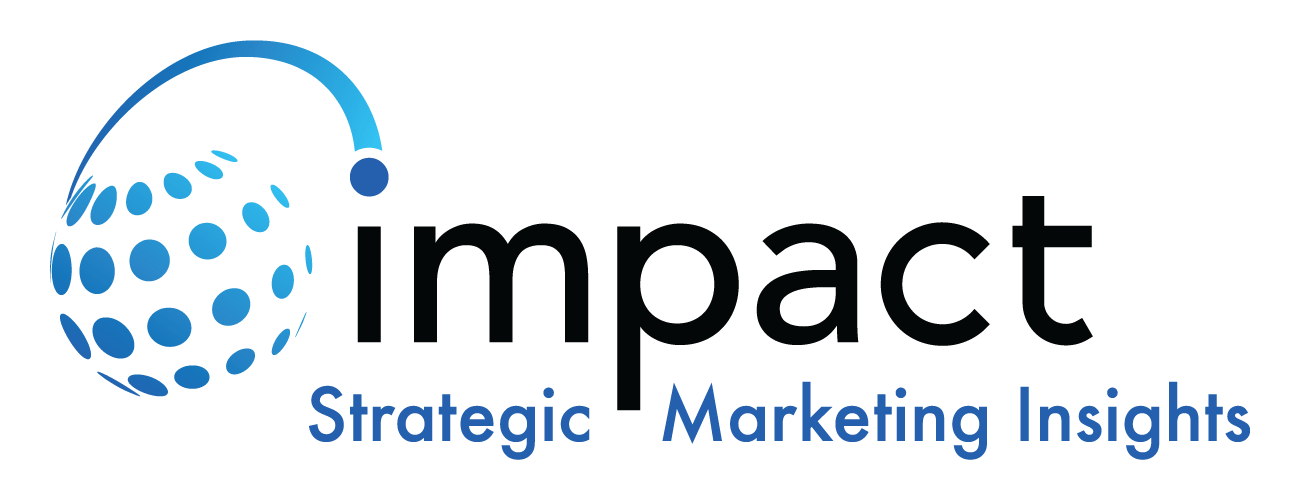Marketing a service can be complex but it is good to remember it still takes the tools and strategies many top branded products employ. The service sector really has the upper hand with customer loyalty because they are providing the service while it is being consumed, meaning they are face-to-face with the customer. With a service, gauging customer satisfaction can be more easily done because you have the ability to make sure the customer walks away satisfied.
However, along with customer satisfaction are the basics of marketing that if done correctly can define your position, escalate your brand awareness, and create preference amongst the customer segments you serve. There are lessons to be learned from some of the most well loved brands – use them!
Define your Brand
Great marketing starts with great research and a clear understanding of your customer. Uncover the meaning of your services in the mind of the customer and define your brand position. What do your services do for the customer? A brand is the sum of experiences. What do your customers experience?
Apple is consistent with the user experience whether it be product offerings, in-store, or on-line. Apple customers want innovation and Apple continues to be at the forefront of innovation and in demand by legions of fanatical customers.
Create and Maintain Your Value Proposition
What are you offering that your customers can’t get anywhere else? No matter what industry you’re in, your customer has choices. Competition is everywhere and in order to win in the market place you have to do something differently? What do you have that no one else has?
In the service sector your value is in the people who provide the service. Perhaps it’s a unique skill set, superior education, superior process, or differentiated pricing structure. Create a value proposition as to why customers should choose you. Don’t be the same as … be different than.
Through their secret formula, Coca-Cola offers refreshment. Customers ask for the refreshment by name because they know they can rely on the taste of Coca-Cola.
Be Where Your Customers Are
Know your customer. What are their media habits? What are their touch points? How do you get their attention in a crowded marketplace? If you are going to be at the top of mind in their consideration set you have to know exactly how to reach them. At 9:00 in the evening, are they watching Game of Thrones or are they scrolling through Facebook on their mobile phone?
Nike wants the sports enthusiast, so they show up to the sporting events. They are the sports apparel for many a top athlete. They know where to find their customers.
Showcase Your Expertise
Whatever it is that makes you different – flaunt it. The success of a service organization is based on how well the service is provided. If you are a law firm and you have a winning trial record, let people know. Create the information that showcases why you are the best at what you do. Find the thing you do better than anyone else and showcase it to your customers.
Louis Vuitton is expert at luxury. If you want one of the world’s best made handbags Louis Vuitton has been making them for over 100 years – their craftsmanship is legendary.
Set The Experience
What is the ideal experience for your customers? Walk in their shoes as they encounter your service. Understand the experience continuum. Know what you do well and what is lacking. Figure out what is most crucial and important to your customers. Make the experience exceptional and continually strive to improve it.
Microsoft, Google, Apple, BMW, they all have continuous improvement and new models. If you aren’t making the experience better someone else will.
Whatever your service – build your brand, guard it – make it stand for something extraordinary.







